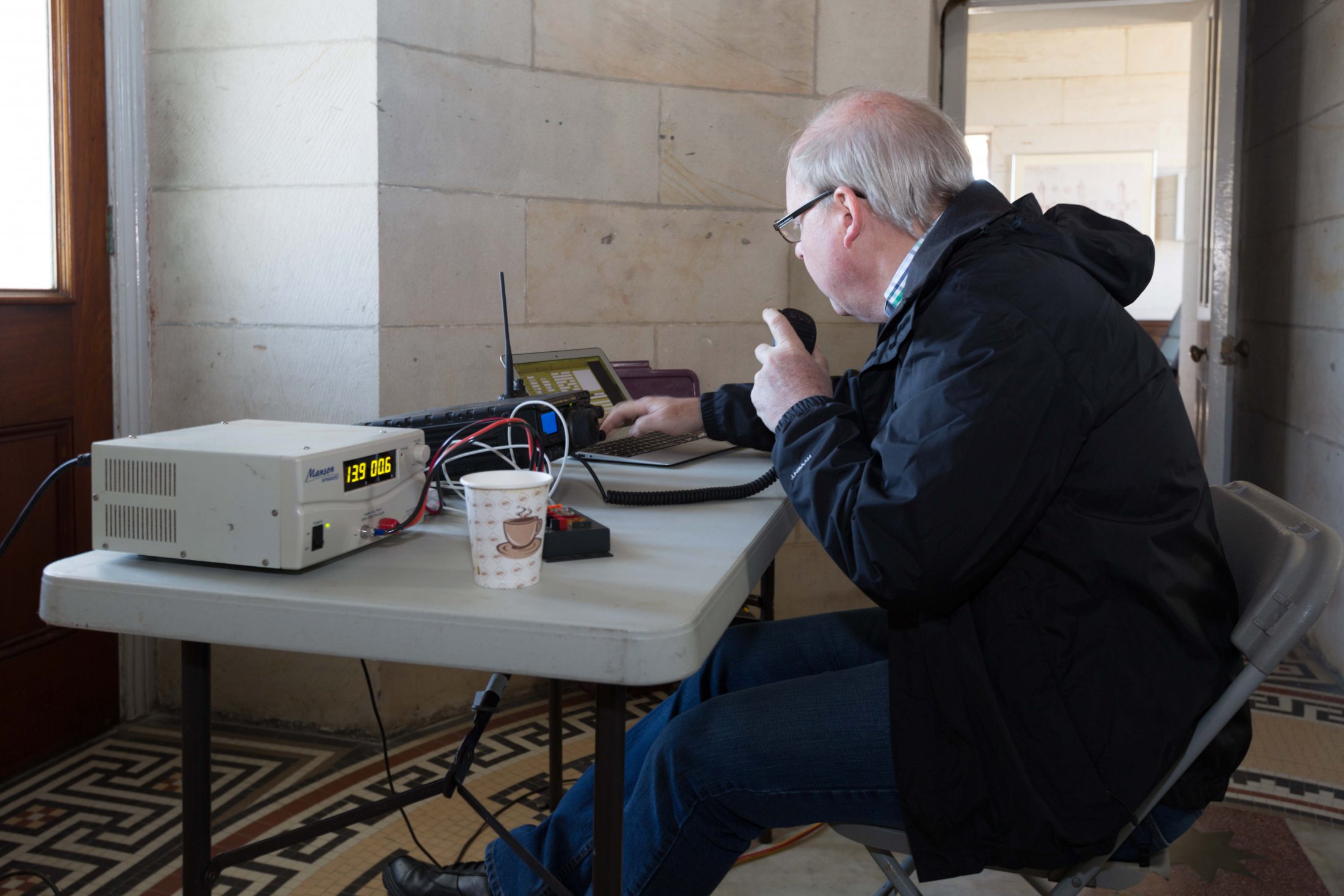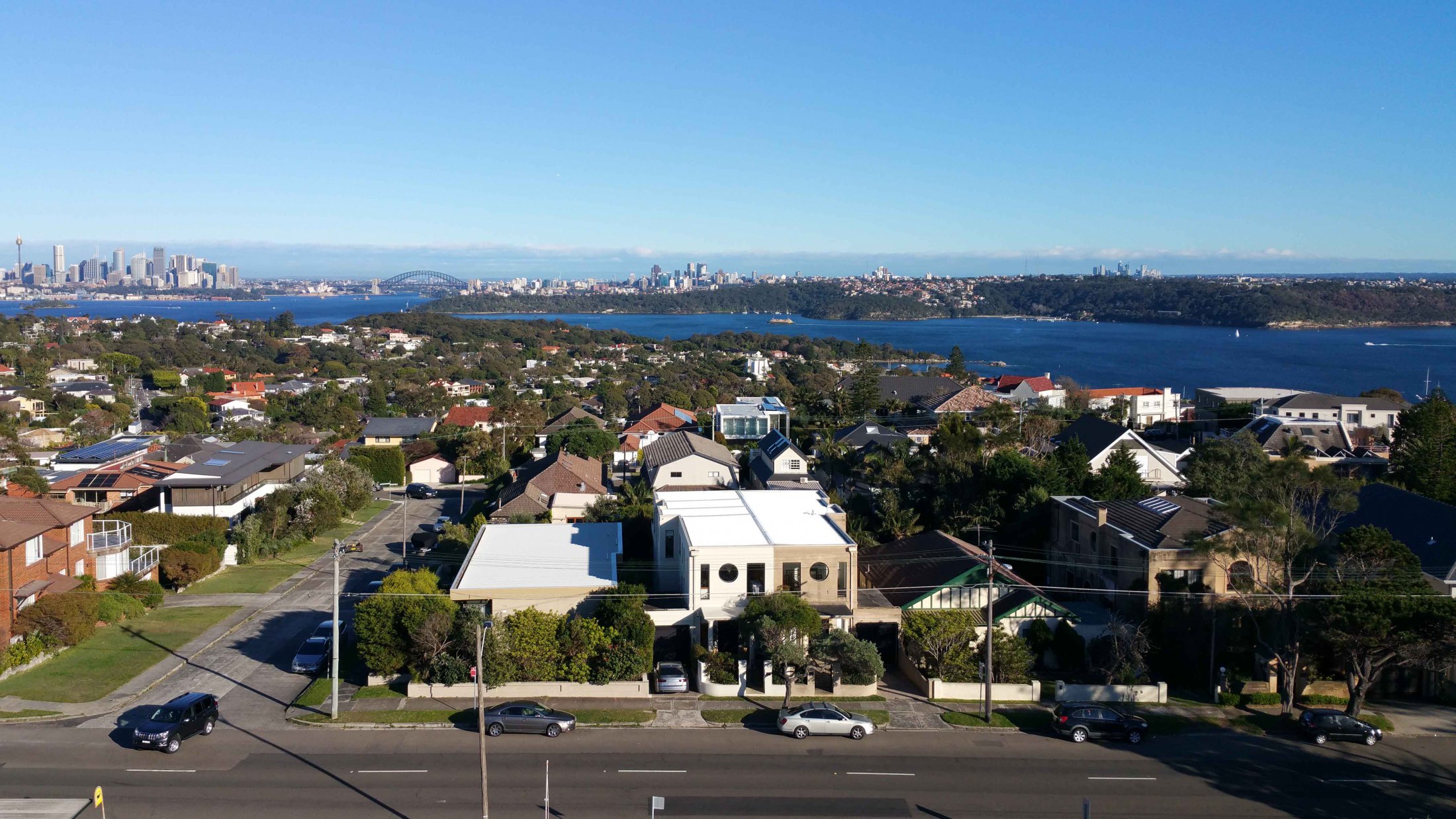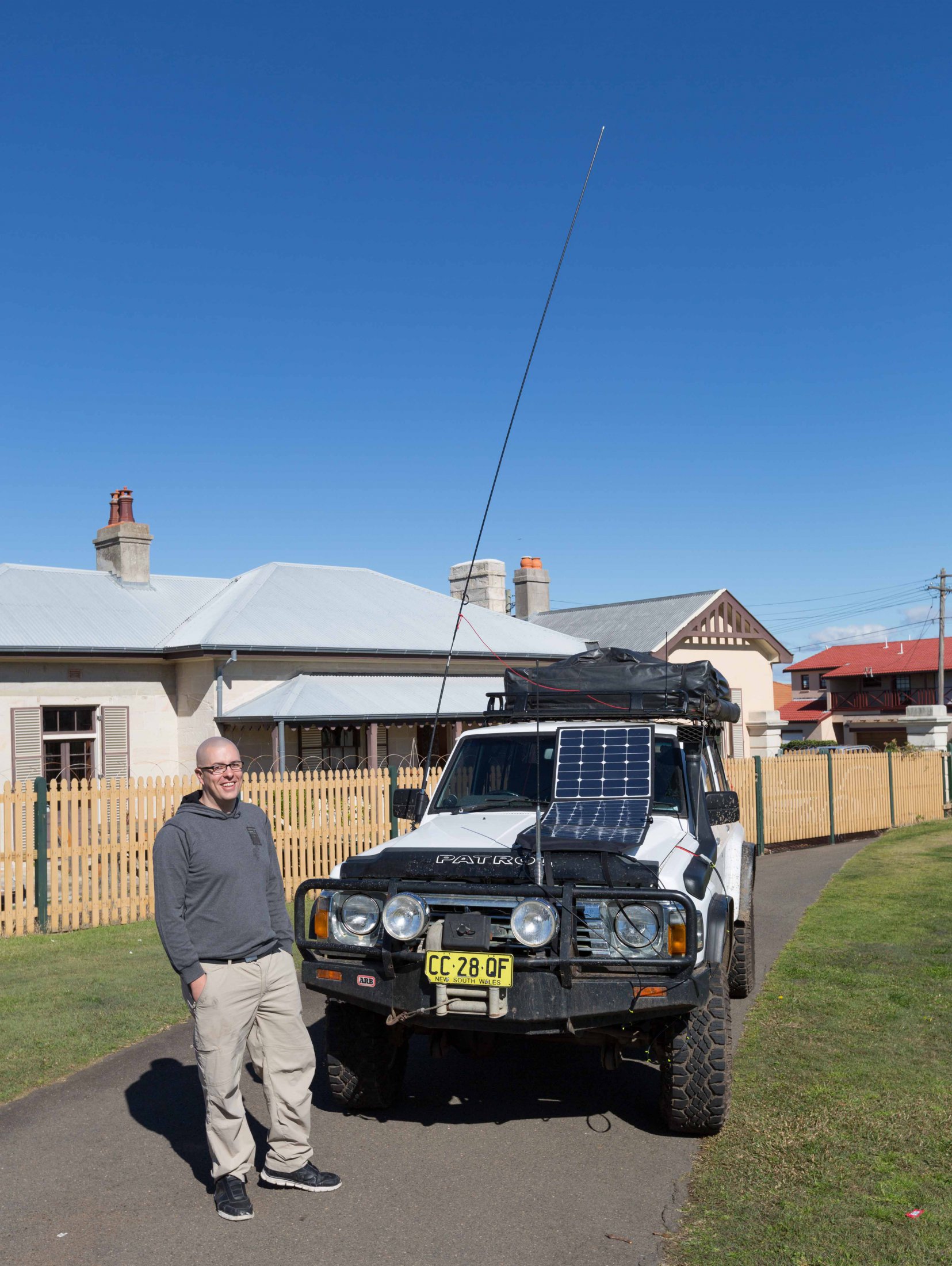International Lighthouse and Lightship Weekend (ILLW) 2016
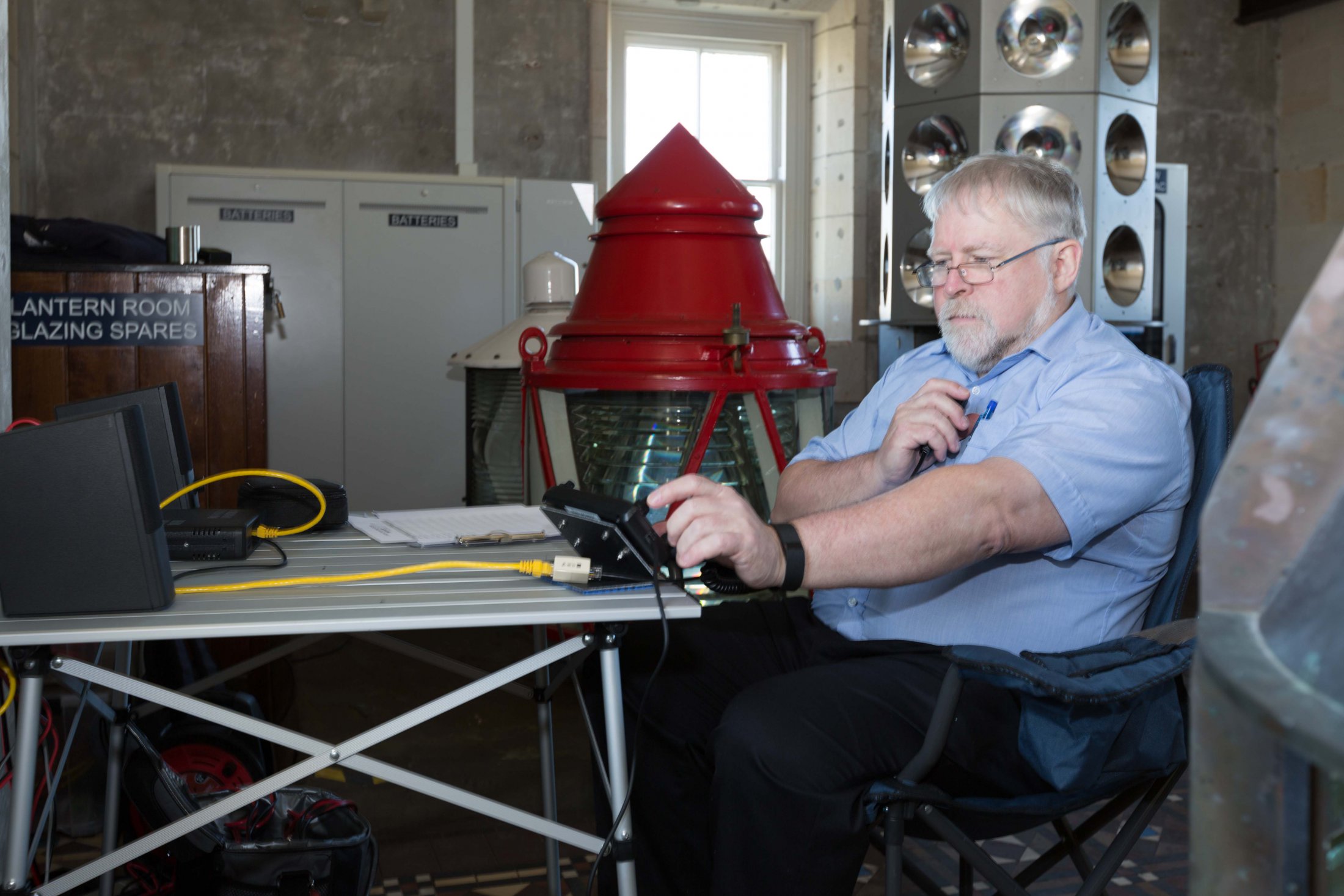
The ILLW is an international event conducted over 48 hours for amateur radio operators to activate lighthouses and lightships.
The Waverley Amateur Radio Society activated the Macquarie Lighthouse, which is the lighthouse closest to the club’s Rose Bay clubhouse.
From Wikipedia:
The Macquarie Lighthouse, also known as South Head Upper Light, was the first, and is the longest serving, lighthouse site in Australia. It is located on Dunbar Head, Vaucluse, about 2 kilometres (1 mi) south of South Head) near the entrance to Sydney Harbour. There has been a navigational aid in this vicinity since 1791 and a lighthouse near the present site since 1818. The current lighthouse was completed in 1883.
The lighthouse is still fully operational and is under the control of the Australian Maritime Safety Authority.
In local Sydney time, the ILLW event ran from 1000 on Saturday the 20th of August through to 1000 on Monday the 22nd of August.
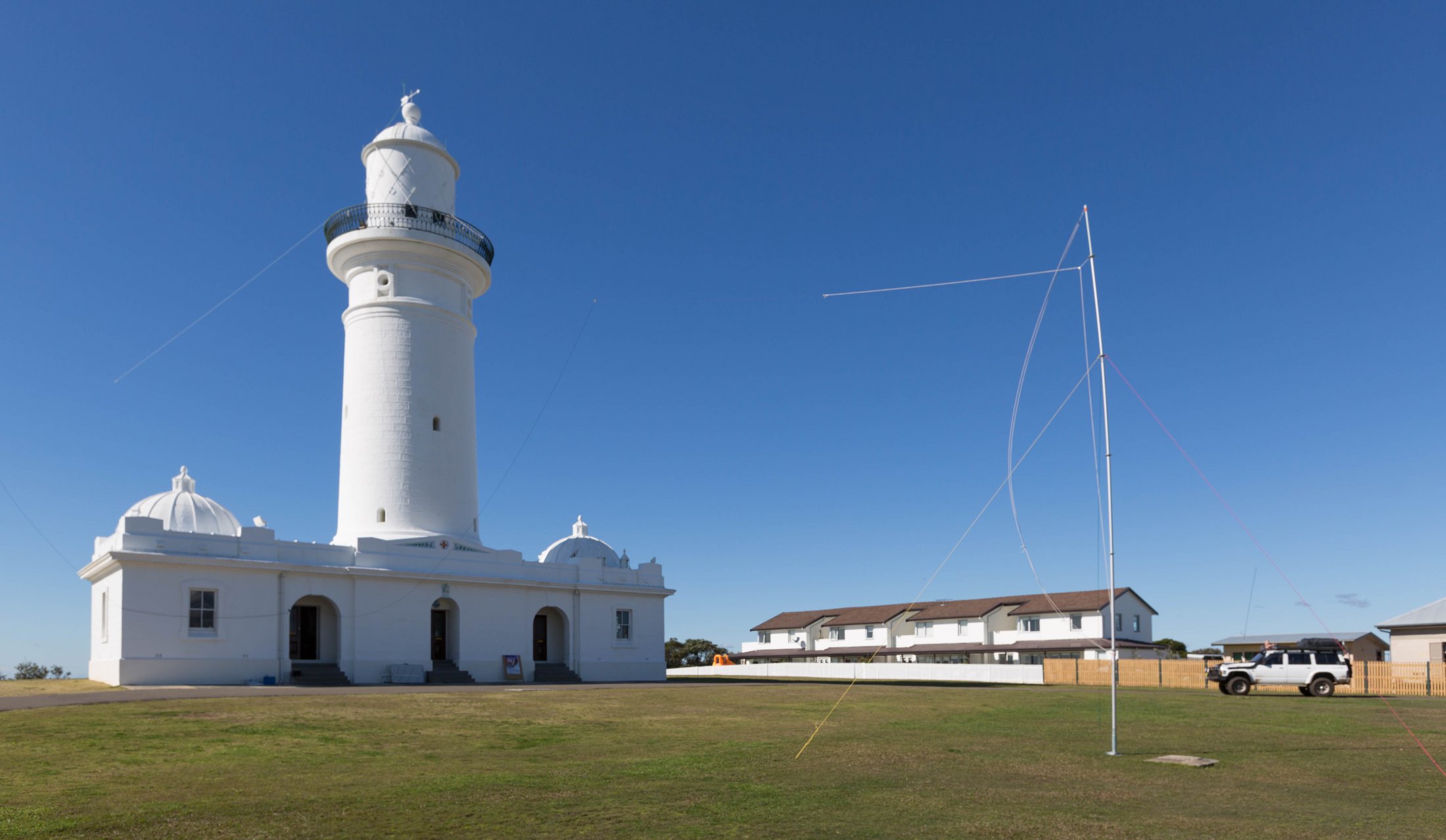
WARS had arranged access to the lighthouse from 0700 to 1600 on the Saturday. Club members arranged to meet at the Macquarie Lighthouse at 0730 on Saturday morning to begin setting up antennas and equipment.
The plan was to erect dipole antennas on 20m and 40m, oriented at 90 degrees to each other to minimise cross interference.
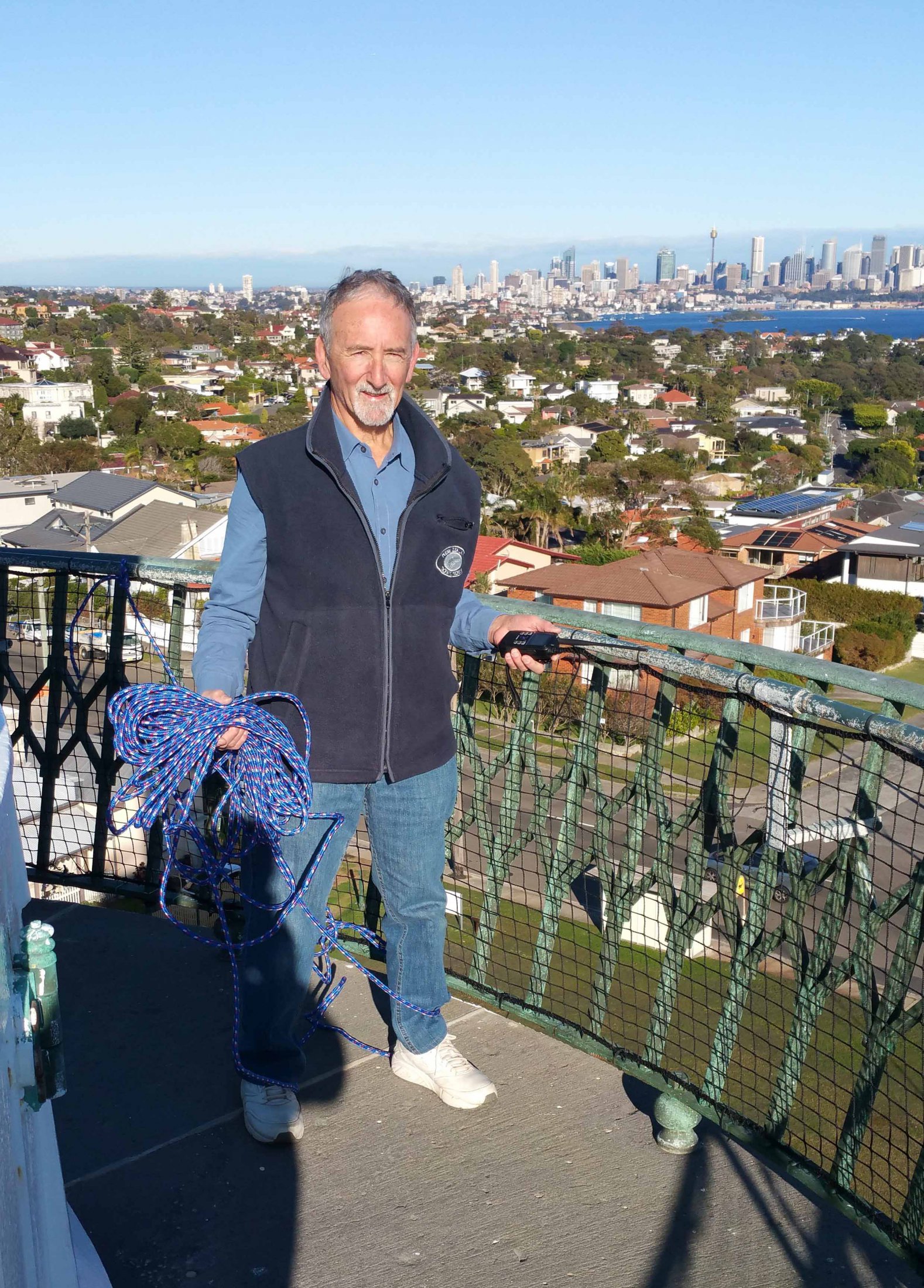
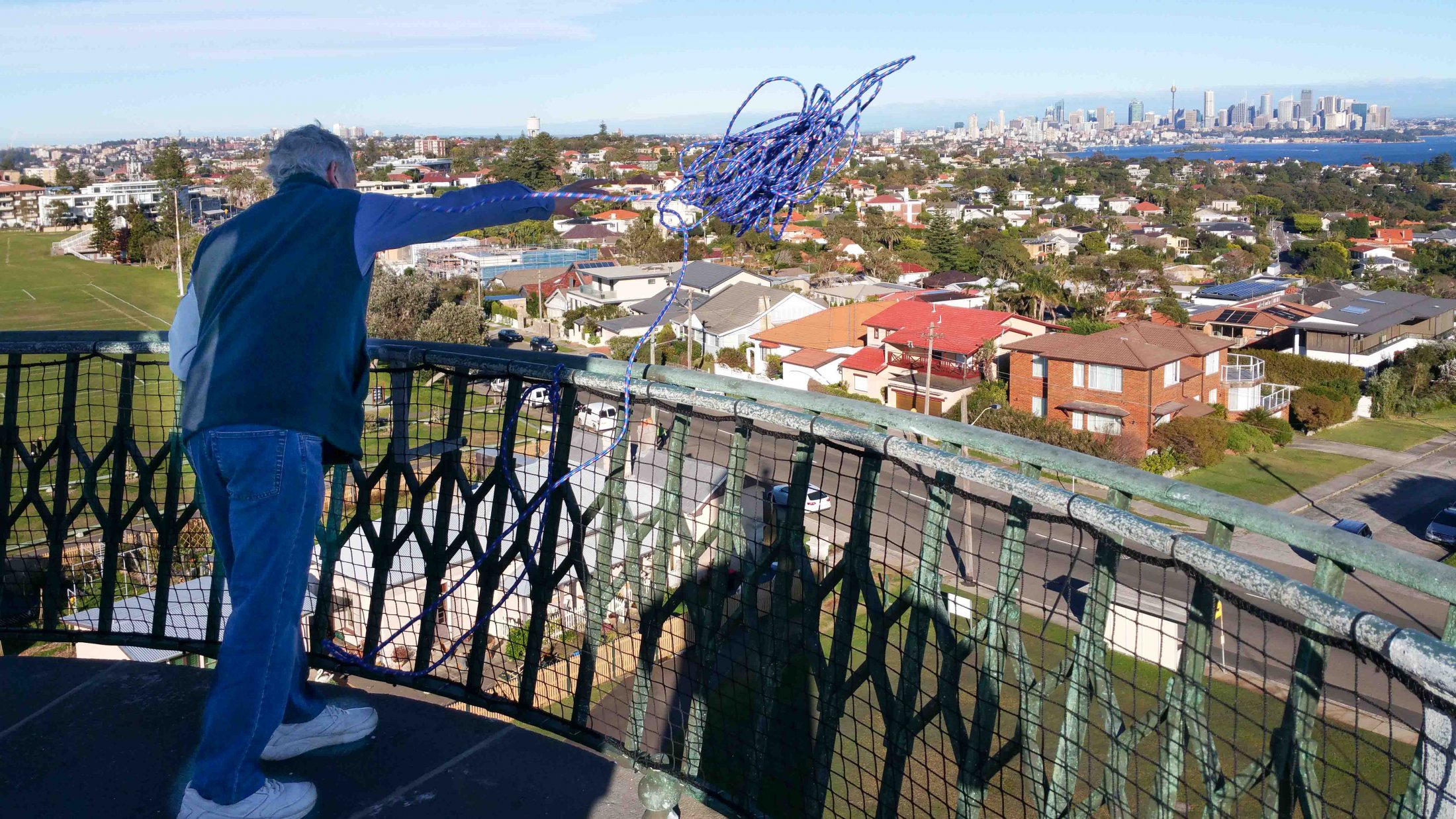
The lighthouse has a large mown area surrounding the lighthouse providing a generous area for antenna erection. We had access to the upper balcony level of the lighthouse and used that as a support for one end of each dipole. The club used a portable mast of some 15m height to support the other end of the 40m dipole and used a fence of the adjoining property as the support for the other end of the 20m dipole.
A 2m/70cm vertical was also lashed to the top balcony to provide a facility for those bands.
Jonathan VK2FJTA positioned his vehicle on the grounds outside the building. He has a mobile setup with a HF rig installed in his 4wd. Jonathon is still fine tuning the setup and was keen to get some practise in on HF and compare his experience with the other radios that were installed in the lighthouse.
To provide a little sound isolation, in what is otherwise a hard stone building where any sound travels and echoes within the building, the three transmitters were each set up in a different room on the ground floor of the lighthouse.
Operations commenced at 1000 and there was good activity on the HF bands.
There weren’t all that many contacts to be made on VHF or UHF.
20m was OK and I heard Tony VK2KZ trying to establish a QSO with a JA2 station.
40m had a considerable level of background noise and many operators that we had QSOs with from all around Australia and New Zealand commented about the QRM so it wasn’t just a Sydney phenomenon. Skip VK2ALR worked quite a few CW QSOs on 40m.
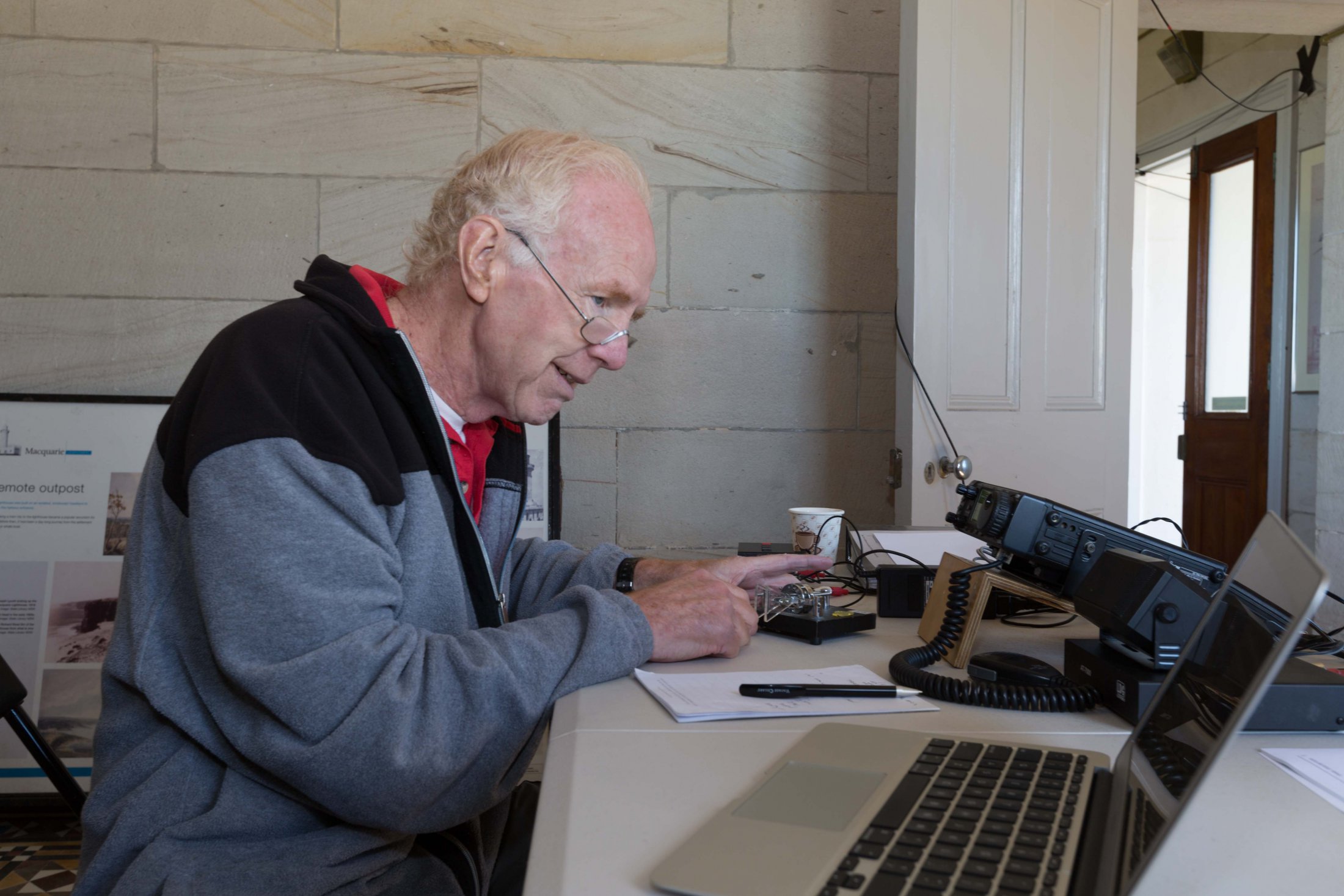
The Lighthouse is located right alongside a very popular walking pathway that goes along the cliff edge, we had a number of people drop in to see what we were up to and to have a chat. We took the time to explain what the activity was all about and everyone I spoke to left with a WARS introductory brochure in their hand.
Another WARS member, Grant VK2GEL, separately activated the Hornby Lighthouse. This lighthouse is right on the tip of South Head on Sydney harbour and a mere 2km north of the Macquarie Lighthouse. It is accessible only on foot. Interestingly Hornby Lighthouse is also within the Sydney Harbour Foreshore National Park and Grant used the occasion for a dual purpose. He activated the location for ILLW and he activated it as a National Park in his quest for an award relating to activating National Parks, part of the World Wide Flora and Fauna organisation with its VKFF chapter in Australia.
Operations at the Macquarie Lighthouse concluded at around 1530 and we had packed things up before 1600.
-
At Macquarie Lighthouse we had –
- Laurie Gordon VK2GZ
- Tony Monger VK2KZ
- Skip Hodgson VK2ALR
- Rob Halliday VK2KZH
- Fred Lodden VK2EFL
- Jonathan Adami VK2FJTA
- Alan Hirschel VK2KAM
- Eric van de Weyer VK2VE
And at the Hornby Lighthouse was –
EME Group
The WARS club has a special interest group for Earth-Moon-Earth activities. They had decided to take advantage of the Macquarie Lighthouse location to conduct some tests across an overwater path to characterise their receiving equipment and determine its suitability for EME activities.
At the Macquarie Lighthouse it was intended to mount a 6 element yagi for 2m on the upper balcony pointing north. Alex VK2PSF was scheduled to go to Avalon on Sydney’s northern beaches with a portable setup comprising a KX3, a laptop, antenna and an attenuator, and from there transmit varying power levels into a quarter wave vertical. The distance between the two stations was 22km.
At the Macquarie Lighthouse things didn’t quite go to plan as we were unable to mount the yagi on the upper balcony. It physically would not fit through the access hatchway and it was too windy to try and haul it up the exterior of the lighthouse. So the yagi was fitted to a seven metre fibreglass pole lashed to the boundary fence and receive testing was done at ground level. There was a clear view to the north, but the antenna height was about 15m lower than planned.
The testing went exceptionally well. Using JT65 digital coding, the signal from VK2PSF was easily received even as the transmit power was reduced to 100mW and then with a 20dB attenuator fitted (so just 1mW into the antenna) the signal was still S9. Only rotating the receive yagi, first 45 degrees off beam, then 90 and 180 degrees, caused the signal to reduce below S9. So the results are being analysed.
